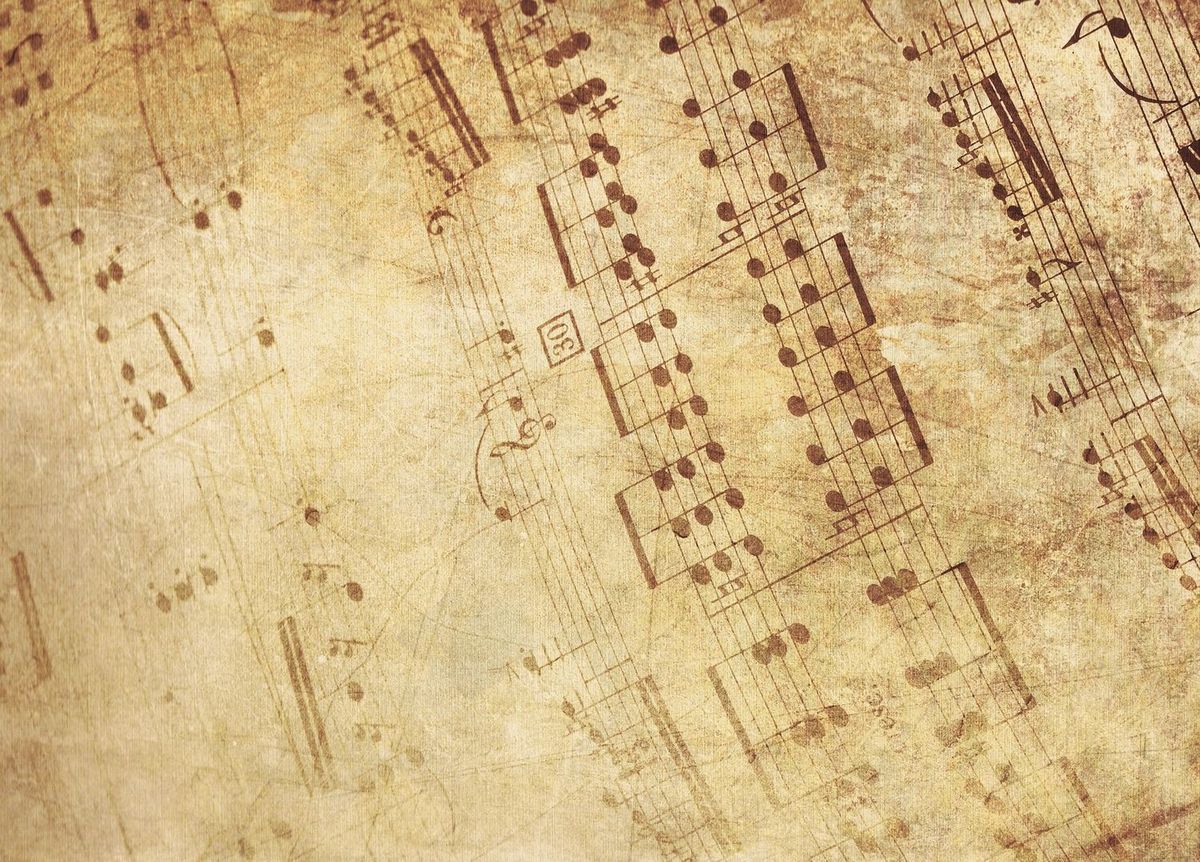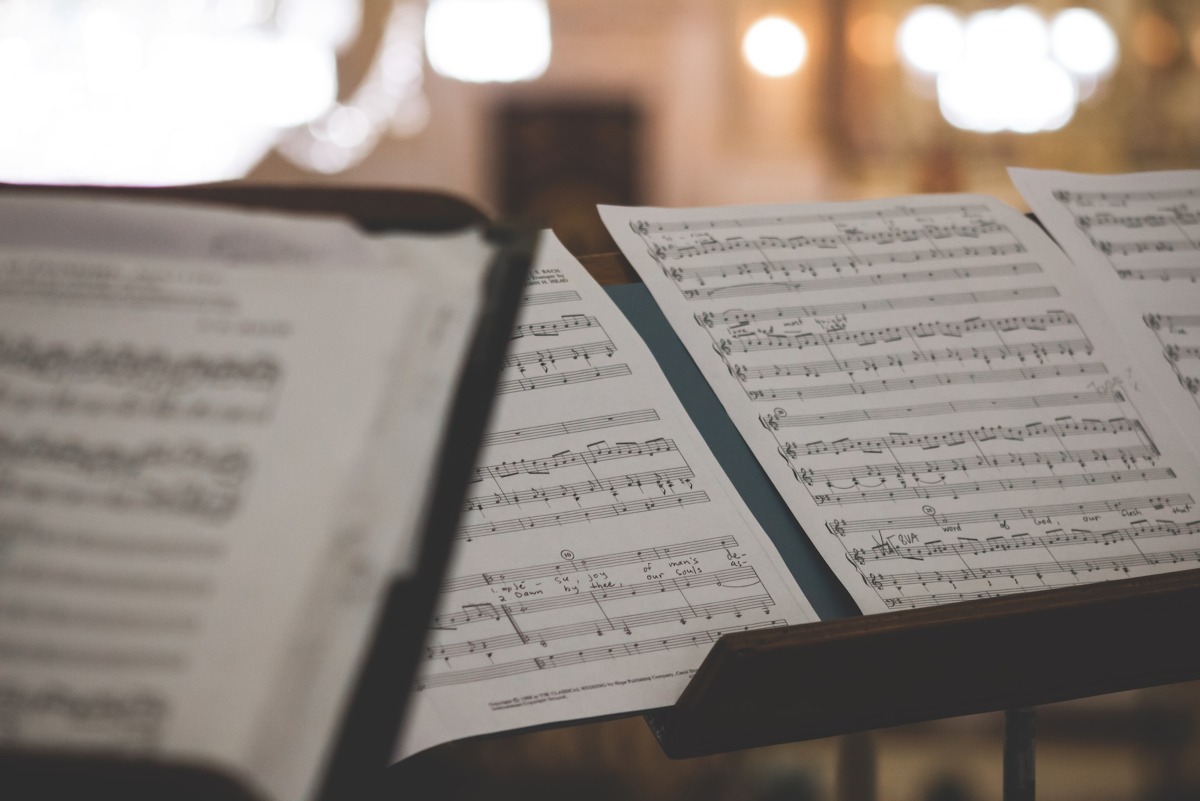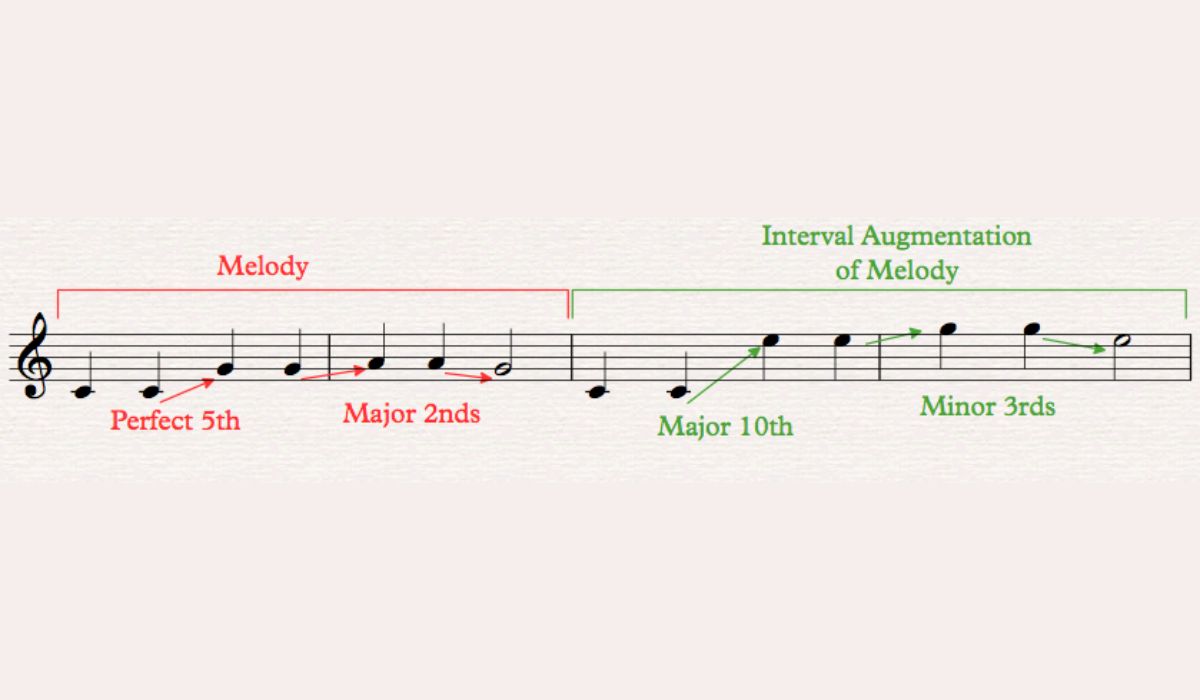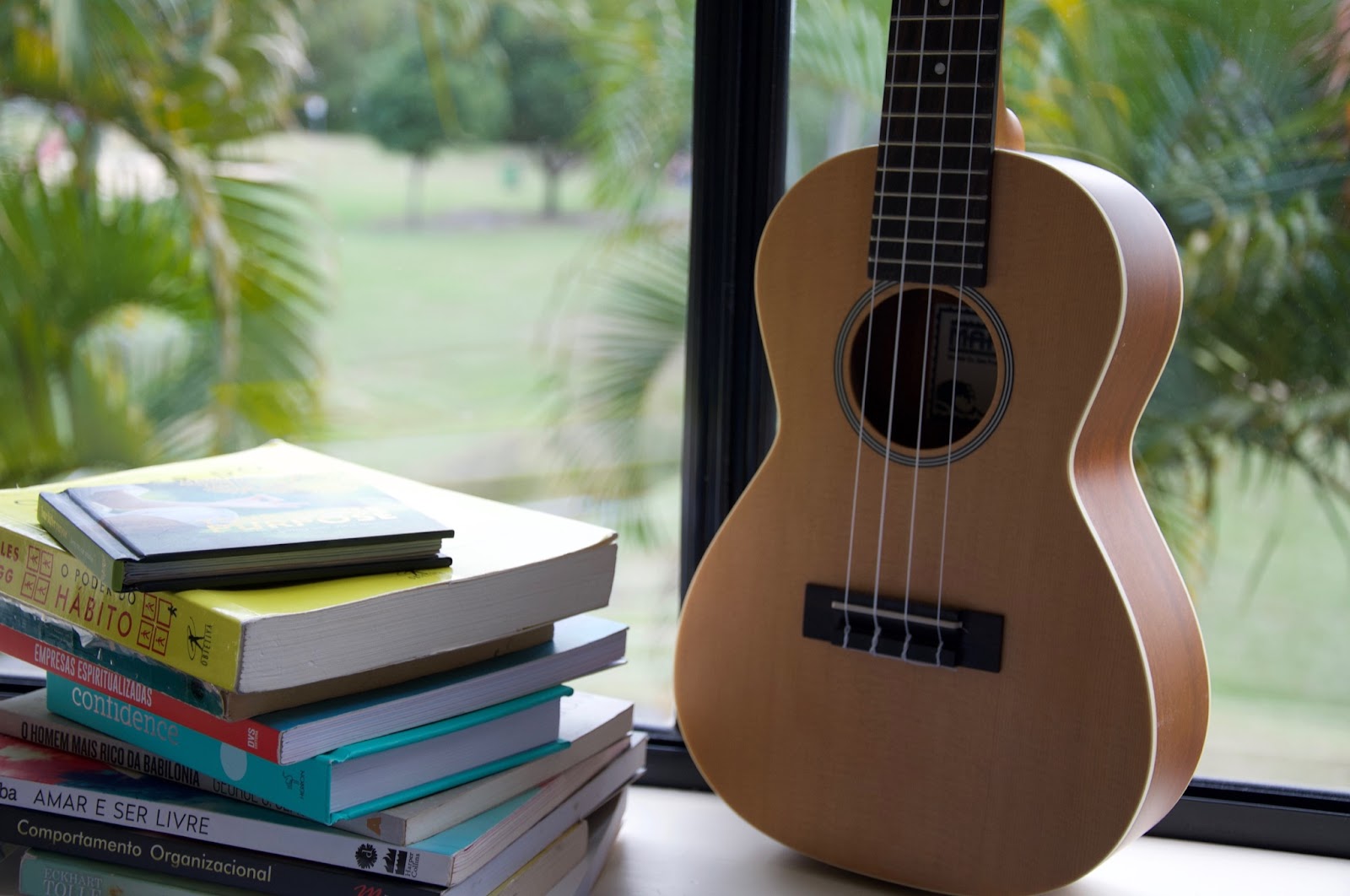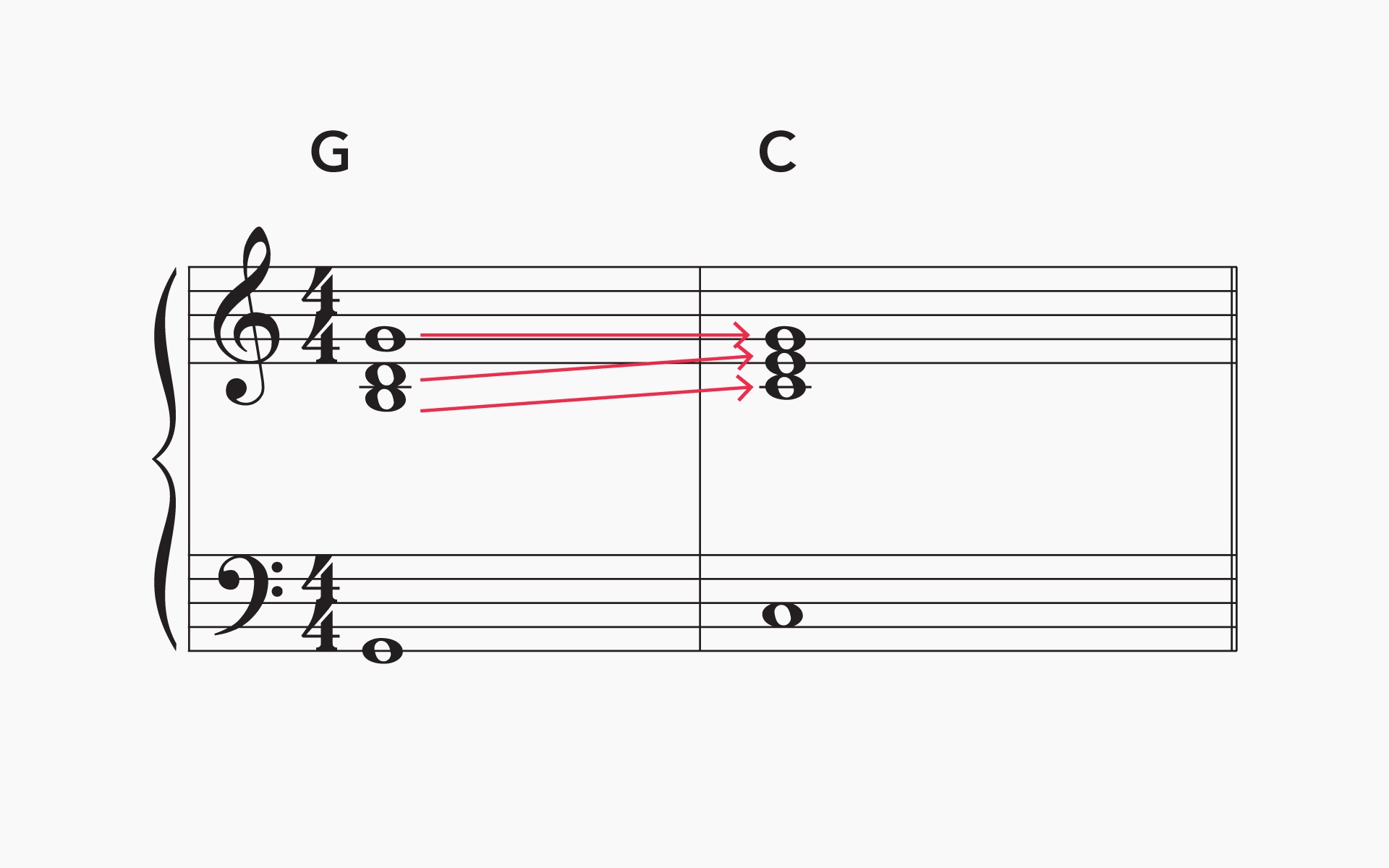Home>Production & Technology>Music Theory>How To Understand Figures In Music Theory
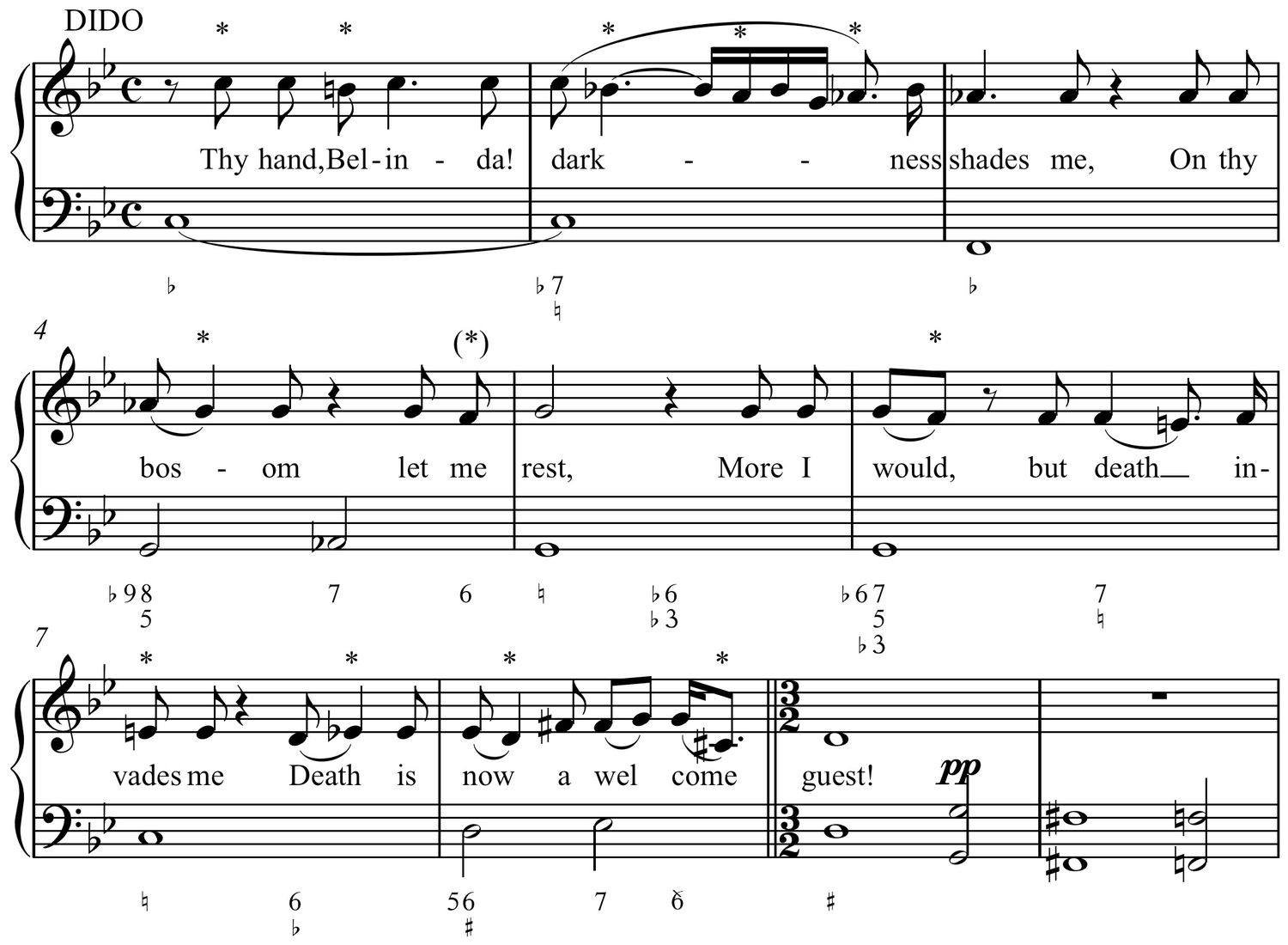

Music Theory
How To Understand Figures In Music Theory
Published: January 31, 2024
Learn how to interpret figures in music theory and enhance your understanding of this essential subject. Discover the principles behind music theory and its application in creating harmonious compositions.
(Many of the links in this article redirect to a specific reviewed product. Your purchase of these products through affiliate links helps to generate commission for AudioLover.com, at no extra cost. Learn more)
Table of Contents
Introduction
Welcome to the world of music theory! Music theory is a vital foundation for understanding and appreciating the core elements of music. One of the key aspects of music theory is figures, which are symbols and markings used to represent various musical concepts and structures. By understanding figures, you can decode the language of music and gain deeper insights into how it is constructed.
In this article, we will explore the different types of figures in music theory and learn how to interpret and apply them. Whether you are a student, musician, or simply have a passion for music, this guide will provide you with valuable knowledge that will enhance your understanding and enjoyment of music.
Before diving into the various types of figures, it is essential to have a basic understanding of music notation. Music notation is a system of writing music using standardized symbols and markings. These symbols represent pitch, duration, intensity, and other musical elements. Familiarizing yourself with music notation will enable you to read and interpret figures accurately.
Throughout this article, we will explore rhythmic figures, melodic figures, harmonic figures, figured bass, figured chords, figurative language in music, and applying figures in composition. By the end of this comprehensive guide, you will have a solid grasp of figures in music theory and the ability to analyze and interpret them with confidence.
So, let’s begin our journey into the world of figures in music theory and discover the fascinating language that lies within!
Basic Music Notation
Before delving into the intricacies of figures in music theory, it is crucial to have a solid understanding of the basic music notation. Music notation serves as the language through which musical ideas are communicated and written down.
The fundamental elements of music notation include the staff, clefs, notes, rests, and various symbols and markings. The staff consists of horizontal lines and spaces, representing different pitches. Clefs, such as the treble clef and bass clef, indicate the pitch range of the staff.
Notes are the symbols that represent specific pitches and durations. They can be placed on the staff lines or in the spaces, and their placement determines the pitch they represent. The duration of a note is indicated by its shape, such as a whole note, half note, quarter note, and so on.
Rests, on the other hand, indicate periods of silence in music. They have the same durations as notes, but instead of producing sound, they denote moments of pause or silence.
In addition to notes and rests, music notation also incorporates various symbols and markings to convey further musical information. These symbols can include accidentals, which modify the pitch of a note, dynamics, which indicate the volume of the music, and articulations, which specify how a note should be played.
Familiarizing yourself with these basic elements of music notation will enable you to read and understand musical scores more effectively. It will also serve as a foundation for interpreting and deciphering figures in music theory.
Next, let’s explore the different types of figures in music theory and how they contribute to our understanding and interpretation of music.
Understanding Rhythmic Figures
Rhythm is a fundamental element of music, and understanding rhythmic figures is key to interpreting and performing music accurately. Rhythmic figures are symbols and notations that represent the duration and timing of musical sounds.
In music notation, rhythmic figures are represented by different note values and their corresponding rests. Note values include whole notes, half notes, quarter notes, eighth notes, and sixteenth notes, among others. Rests, on the other hand, indicate moments of silence or rest periods of equal durations as the notes.
By combining different note values and rests, composers create rhythmic patterns that give music its unique pulse and feel. These patterns can include simple rhythms, where notes are evenly spaced, or complex rhythms with varying durations and syncopations.
When interpreting rhythmic figures, it is crucial to pay attention to the time signature. The time signature indicates the number of beats in each measure and which note value represents one beat. This information helps musicians keep track of the rhythm and maintain a steady tempo.
Another aspect of understanding rhythmic figures is recognizing ties and dots. A tie is a curved line that connects two notes of the same pitch, combining their durations into one sustained note. A dot, on the other hand, adds half the value of the original note to its duration.
By practicing sight-reading and rhythmic exercises, you can develop your ability to understand and interpret different rhythmic figures. This will not only improve your performance skills but also deepen your appreciation for the rhythmic intricacies present in music.
Now that you have a grasp of rhythmic figures, let’s move on to the next section, where we will explore melodic figures and their significance in music theory.
Identifying Melodic Figures
In music, melody is the sequence of pitches that form a memorable and recognizable musical line. Melodic figures are patterns and phrases within a melody that contribute to its overall shape, contour, and character.
Identifying melodic figures is essential for understanding the structure and development of a melody. These figures can range from short, repeated motifs to longer, more complex phrases.
One common type of melodic figure is the sequence. A sequence is a pattern that is repeated at different pitch levels within the same melody. It adds variation and interest to the melodic line while maintaining a sense of continuity.
Another melodic figure is the arpeggio. An arpeggio is a broken chord played one note at a time. It creates a flowing and cascading effect within the melody, often providing a sense of harmonic movement.
Phrases are also important melodic figures. A musical phrase is a complete musical thought that has a distinct beginning and ending. Phrases can be divided into antecedent and consequent phrases, where the antecedent sets up a musical idea and the consequent provides a response or resolution.
Identifying and analyzing melodic figures can enhance your understanding and interpretation of a piece of music. By recognizing and appreciating the various melodic figures within a melody, you can better convey the intended expression and emotions of the composer.
Now that we have explored melodic figures, let’s move on to the next section, where we will delve into the world of harmonic figures and their significance in music theory.
Recognizing Harmonic Figures
Harmony is the combination of simultaneous pitches or chords that support and complement the melody in music. Harmonic figures are the specific chord progressions, harmonic patterns, and relationships that create the harmonic framework of a piece.
Recognizing harmonic figures is crucial for understanding the underlying structure and tonal movement within a composition. These figures can range from simple chord progressions to more complex harmonic sequences.
One common harmonic figure is the cadence. A cadence is a two-chord progression that provides a sense of resolution and closure within a musical phrase or section. The most common cadences include the authentic cadence, plagal cadence, and deceptive cadence.
Another harmonic figure is the progression. A progression is a series of chords that form a sequence, creating a sense of movement and tension in the music. Common chord progressions such as the I-IV-V progression or the ii-V-I progression are frequently used in various musical genres.
Harmonic figures also include modulation, which is a change in key within a piece of music. Modulation can create a shift in mood, add variety, or heighten emotional impact within a composition.
By recognizing harmonic figures, you can gain a deeper understanding of the tonal structure and harmonic function of a piece. This knowledge allows for informed interpretations and performance choices, as well as compositional analysis and exploration.
Now that we have explored harmonic figures, let’s delve deeper into the world of figured bass and its significance in music theory.
Analyzing Figured Bass
Figured bass is a system of musical notation that provides a framework for interpreting and realizing harmonies in music. It originated during the Baroque period and was commonly used by composers, improvisers, and keyboardists to create rich and harmonically complex music.
The key aspect of analyzing figured bass lies in understanding the symbols and numbers that accompany the bass line. These figures indicate the chords and intervals that should be played above the given bass note.
When analyzing figured bass, it is essential to establish the key and tonality of the music. This information will help determine the possible chords and their inversions associated with the given bass note.
One of the challenges in analyzing figured bass is identifying the quality and structure of the chords. The figures provide clues to the intervals present in the chord, such as thirds, fifths, and sevenths. By interpreting these symbols and combining them with your knowledge of chord progressions and voice leading principles, you can decipher the intended harmony.
It is important to note that figured bass is an interpretive notation, and different interpretations can be valid. It requires a combination of theoretical knowledge, harmonic analysis, and contextual understanding to accurately analyze and realize the intended harmonies.
Analyzing figured bass can be a rewarding endeavor, as it allows you to delve deep into the intricate harmonic structures of composers from various musical eras. By gaining proficiency in this skill, you can enhance your understanding and appreciation of the complexities and nuances within musical compositions.
Now that we have explored figured bass, let’s move on to the next section, where we will decode figured chords and their significance in music theory.
Decoding Figured Chords
Figured chords are a specific type of notation that provides information about the structure and voicing of a chord. They are commonly used in classical music and can be found in compositions from the Baroque, Classical, and Romantic periods.
Decoding figured chords involves understanding the numerical figures that accompany the chord symbols. These figures indicate the intervals above the bass note that should be added to the chord. They give guidance on which notes should be included in the chord and their respective positions.
For example, if you encounter a figured chord with the number “6” above the bass note, it signifies that a sixth above the bass note should be added, creating a triad with an added sixth. Another common figure is the “7,” which indicates the addition of a seventh above the bass note, resulting in a seventh chord.
When decoding figured chords, it is important to consider the inversion of the chord. The symbols and figures can give clues about the inversion, such as “6/3” for a first-inversion triad or “6/4” for a second-inversion triad. These inversions affect the voicing and the overall sound of the chord.
Decoding figured chords requires a solid knowledge of chord theory and the ability to recognize intervals and their relationships to the bass note. It is also helpful to have an understanding of common chord progressions and harmonic patterns to aid in deciphering the intended chords.
By decoding figured chords, you can gain a deeper insight into the harmonic structure and voicing choices of a composition. This skill allows for more informed interpretations and performances, as well as the ability to analyze and appreciate the intricate harmonic language used by composers.
Now that we have explored figured chords, let’s move on to the next section, where we will delve into the figurative language used in music and its significance in music theory.
Interpreting Figurative Language in Music
Figurative language in music refers to the use of musical devices and techniques that evoke imagery, emotions, and expressions beyond the literal meaning of the notes and lyrics. It adds depth, complexity, and artistic intent to a composition, allowing musicians to convey specific moods, narratives, or ideas.
There are various forms of figurative language in music, including musical gestures, descriptive titles, programmatic music, and musical symbolism.
Musical gestures are recurring melodic, rhythmic, or harmonic motifs that serve as musical symbols. They can represent characters, emotions, or musical ideas, and their repetition throughout a composition creates thematic unity and reinforces the intended message.
Descriptive titles are another form of musical figurative language. Composers often use descriptive titles to provide an additional layer of meaning or context to their compositions. These titles can evoke specific images or scenes in the listener’s mind, guiding their interpretation and emotional response.
Programmatic music takes figurative language to another level by directly depicting a story, scene, or idea through music. Composers employ various musical techniques to bring the narrative to life, using melody, harmony, dynamics, and instrumentation to represent specific characters, actions, or events.
Musical symbolism involves the use of specific musical elements to represent or express something beyond their literal function. For example, a composer might use a descending chromatic scale to represent sadness or a triumphant major chord progression to evoke a feeling of victory.
Interpreting figurative language in music requires a keen ear and an understanding of the cultural and historical context of the composition. It involves recognizing patterns, thematic development, and the intended emotional or narrative associations created by the composer.
By appreciating and interpreting figurative language in music, listeners can deepen their connection to the music and gain a deeper understanding of the composer’s artistic intent. It adds an extra layer of meaning and resonance to the listening experience.
Now that we have explored figurative language in music, let’s move on to the next section, where we will discuss the application of figures in composition.
Applying Figures in Composition
The use of figures in composition is an essential aspect of creating music that is engaging, expressive, and thought-provoking. Figures provide composers with a wide range of tools and techniques to craft melodies, harmonies, rhythms, and overall musical structures.
One way to apply figures in composition is through the utilization of melodic figures. Composers can create memorable and distinctive melodies by incorporating recurring motifs, sequences, and variations within their compositions. These melodic figures help to establish a sense of identity and cohesion while adding interest and complexity to the musical fabric.
Harmonic figures also play a significant role in composition. Composers can experiment with different chord progressions, harmonic sequences, and modulations to create tension, resolution, and emotional impact within their music. By utilizing harmonic figures, composers can shape the harmonic framework of a composition and guide the listener through a harmonic journey.
Rhythmic figures bring a unique energy and drive to a composition. Composers can experiment with syncopation, rhythmic patterns, and polyrhythms to create rhythmic interest and variation. These rhythmic figures contribute to the overall groove, feel, and momentum of a piece.
Figures can also be applied in the form of expressive techniques such as dynamics, articulations, and ornamentation. These expressive figures allow composers to shape and convey emotions, phrasing, and nuances within the music. By skillfully applying these techniques, composers can add depth and richness to their compositions.
Figures are not limited to specific genres or styles of music. They can be used in classical compositions, jazz improvisation, pop songwriting, and beyond. The key is to understand the language of figures and how they can be employed in different musical contexts to enhance and elevate the composition.
When applied with creativity and intention, figures can become powerful musical tools for composers. They offer opportunities for self-expression, innovation, and the creation of unique musical identities.
Now that we have explored the application of figures in composition, let’s conclude our journey into the world of figures in music theory.
Conclusion
Congratulations! You have ventured into the fascinating world of figures in music theory. By understanding and interpreting figures, you have gained valuable insights into the language and structure of music.
From basic music notation to recognizing rhythmic, melodic, and harmonic figures, you have explored the essential elements that make up the fabric of music. You have learned how to analyze and decode figured bass and figured chords, allowing you to decipher the intended harmonies and voicings within a composition.
Additionally, you have delved into the figurative language used in music, discovering how composers use musical gestures, descriptive titles, programmatic music, and symbolism to convey emotions, narratives, and imagery in their compositions.
By applying figures in composition, you have seen how composers utilize melodic, harmonic, and rhythmic figures to create engaging and expressive music. You have realized that figures are versatile tools that can be applied across different genres and styles, allowing composers to craft unique and captivating musical experiences.
As you continue your journey in music theory, remember that figures are an integral part of the intricate web of musical language. Embrace their power and versatility, and keep exploring and experimenting with different figures to expand your musical horizons.
Whether you are a musician, music enthusiast, or a student studying music theory, understanding figures will enhance your appreciation and understanding of the underlying structures and compositional choices in music. It will deepen your connection to the music you listen to or create, and bring a new level of depth and richness to your musical experiences.
So, as you embark on your musical endeavors, let the figures guide you, inspire you, and allow you to delve deeper into the beautiful and complex world of music.

